Foundation Certificate in Dimensional Data Modelling
Concepts, Principles, Practices, Techniques and Tools for Dimensional Modelling in Data Warehouses. Select Course Date and Time Based on Your Convenience!
- Instructor-led, Online
- Course Category: Data Analysis, Technology, Model, Certification, Digital Skills
GBP
250
Instructor-led, Online
Duration: 16 Hours
Course Code: TXV-DTA-DML1
Skill Level: Beginners
Foundation Certificate in Dimensional Data Modelling
Overview
In the current landscape of fast-changing digital technologies, organisations are increasingly relying on data as a strategic asset. Not just collecting and processing data, but more importantly, analysing and drawing timely and actionable insights from the data is key for success. Data warehouses, data vaults and dimensional models enable businesses to leverage the power of data for effective and efficient decision-making, leading to positive outcomes. Take the TEXAVI Course on Foundation Certificate in Dimensional Modelling, get real-world insights from working professionals on the concepts, principles, techniques and tooling around the newer ways of working with data and level up your career potential!
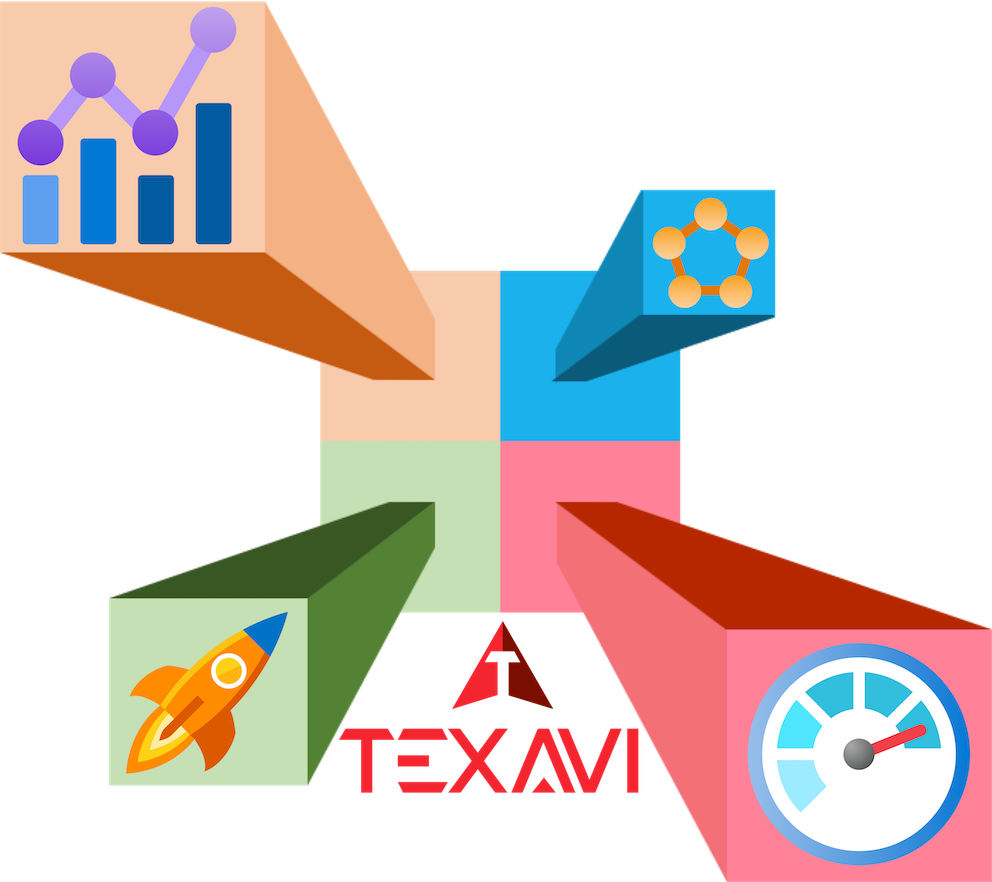

Who can attend?
- Anybody with or without work experience
- IT professionals (eg., Developers, testers) considering a move to BA role
- Non-IT people who want to learn IT skills thinking of a career switch
- Graduates and university students who aspire to get into IT industry
- Students who have just passed their B. Tec, A-Levels or college studies
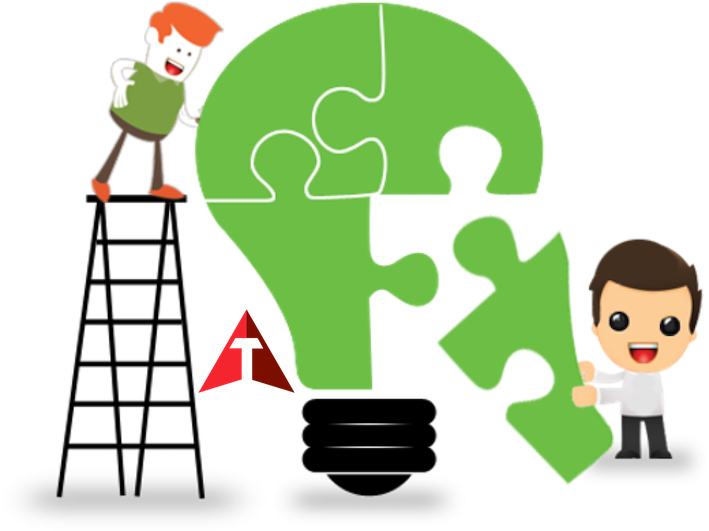
COURSE OUTLINE
-
Module 1: The Context for Dimensional Modelling
-
Module 2: Dimensional Modelling Methods and Techniques
-
Module 3: Business Process Requirements
-
Module 4: Working with Grains in Modelling
-
Module 5: Identifying and Managing Dimensions
-
Module 6: Identifying and Managing Facts
-
Module 7: Verifying and Validating Dimension Model
-
Module 8: Physical Design Considerations
-
Module 9: MetaData Management
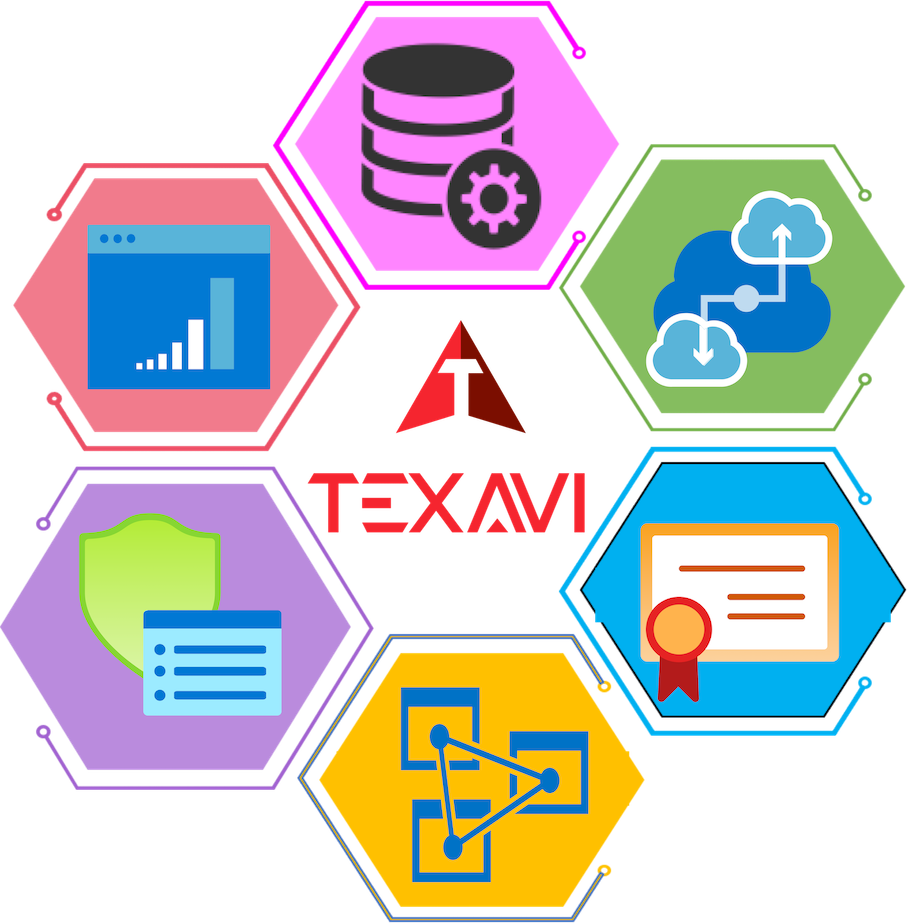
What will you learn?
By the end of this course, you will be able to:
-
Define data modelling and explain its benefits to organisations
-
List the advantages offered by data models w.r.t. data and data bases
-
Describe the process of entity-relationship (E/R) modelling
-
Discuss different types of data models
-
Conceptual data models
-
Logical data models
-
Physical data models
-
-
Define dimension modelling and explain its benefits around data warehousing
-
Distinguish between data (E/R) modelling and dimensional modelling
-
Elaborate on the key elements of a dimensional model
-
Facts
-
Dimensions
-
Measures
-
Granularity
-
-
Highlight the main types of dimensions in a data warehouse model and describe their key characteristics
-
Star schema
-
Snowflake schema
-
Galaxy schema
-
-
Describe the elements and components involved in dimensional modelling
-
Explain the role played by modelling data in the data life cycle
-
Role of conceptual design in understanding business requirements
-
Explore the key aspects of conceptual design
-
Define conceptual data model and explain its purpose
-
Demonstrate a conceptual data model using business concepts and relationships
-
Define logical data model and describe how its derived from conceptual model
-
Specify a logical data model using entities, attributes, relationships and constraints
-
Define physical data model and describe its purpose in terms of database design
-
Highlight physical data model using tables, columns, indexes and constraints Define logical data modelling and explain its significance
-
Discuss the core components of logical data modelling
-
Entities
-
Attributes
-
Relationships
-
-
Describe the benefits and advantages of logical data modelling
-
Define of physical data modelling and describe its importance in database design
-
Explain the key aspects of physical data modelling
-
State some tools and techniques used for physical data modelling
-
Define a data warehouse
-
Elaborate on the core features of a data warehouse and the benefits from its usage
-
Discuss key characteristics of data warehouses around querying and reports
-
Discuss how data warehousing fits into the data modelling life cycle
-
Define business process list and its purpose for organisations
-
Highlight the steps in the creation and maintenance of a business process list
-
Define a business process and state importance of documenting them
-
Identify examples of common business processes
-
Specify high level entities and measures for conformance
-
Define a data sources and explain the importance of identifying data sources
-
Describe popular data sources in use by organisations
-
Databases – relational and NoSQL
-
Internal systems – enterprise resource planning (ERP), customer relatonship (CRM)
-
External systems – cloud platforms, access via API
-
Data streams – Internet of things (IoT) devices, social media feeds
-
-
Discuss the different requirements gathering approaches and techniques
-
Interviews, workshops, surveys, observations, document analysis
-
-
Explain when and how to select a specific requirement elicitation technique
-
Describe the steps involved in the performance of requirements gathering
-
Explain fact table granularity and its importance in data modelling
-
Illustrate the types of granularity with common examples
-
Discuss the strategies for managing multiple and separate grains
-
Hierarchical analysis
-
Dynamic adaptation
-
Effective communication
-
Integrated decison-making
-
-
Define fact table types used in data warehouse and explain their purpose
-
Additive fact tables
-
Semi-additive fact tables
-
Non-additive fact tables
-
-
Define granularity and atomicity and explain the benefits from them
-
State process of checking grain atomicity and how it helps in data integrity
-
Highlight the techniques for verifying atomicity
-
Describe high level dimensions and facts from grain of dimensional model
-
Identify the types of grains
-
Transaction grain
-
Periodic snapshot grain
-
Accumulating snapshot grain
-
-
Specify final output from identification of the grain phase
-
Define dimensions and describe the benefits of dimensions in DW
-
Discuss how identifying the dimensions helps in enhancing data organisation
-
Explain the different types of dimensions
-
Conformed dimensions
-
Slowly changing dimensions
-
Role-playing dimensions
-
-
Define degenerate dimension and explain its purpose in dimensional modelling
-
Define conformed dimension and state their significance in DW
-
Define dimensional attribute and discuss their relevance
-
Explain hierarchies and their importance of building hierarchies
-
Discuss granularity levels in date and time dimensions
-
State the purpose and types of slowly changing dimensions (SCD)
-
Specify the benefits from fast changing dimensions
-
Describe the challenges with fast changing dimensions and strategies to overcome
-
Define snowflaking and give situations and instances where snowflaking is beneficial
-
Discuss the best practices in overcoming challenges with dimensions in DW
-
Define Fact and explain its purpose in dimensional modelling
-
Describe the importance of identifying facts and their key characteristics
-
Explain conformed facts and their significance in data warehouse
-
Identify the different fact types
-
Transactional facts
-
Snapshot facts
-
Accumulating snapshot facts
-
-
Define year-to-date facts and mention some examples and key considerations
-
Define event fact tables and state the purpose and key characteristics in DW
-
Define a composite key and explain the benefits of composite key design
-
Describe the key factors influencing the fact table size
-
Explain the strategies to manage the fact table growth and ways for optimisation
-
Discuss the process of user verification against business requirements in dimensional model
-
Narrate the steps involved in the user verification approach
-
Highlight the importance of defining user requirements in dimensional modelling
-
Elaborate on the methods and approaches for defining user requirements
-
Explain the important role of aggregations in retrieving the data
-
Discuss how aggregate navigation helps in optimising query performance
-
Define an index and discuss benefits of indexing in dimensional modelling
-
Highlight the different types of indexes and their use cases
-
Specify what a partition is and explain the benefits of partitioning for large datasets
-
Discuss the approaches to partitioning strategies and their applications
-
Define metadata and explain its role in organising information
-
Explain the types of metadata useful in dimensional modelling

What do you need?
There are no pre-requisites for this course. There is no need for any prior experience, working knowledge or awareness of software development or projects experience. The course is suitable for experienced professionals working in the industry or academia, aspirants and early stage professionals, as well as students in universities and colleges. Professionals and aspirants from technology, business, operations or sales are all welcome to explore and understand the agile methodologies alongside their concepts and principles.
WHAT'S INCLUDED?
- 24×7 access to TEXAVI’s high quality course content
- Practical insights from real life IT projects
- Course completion certificate
- Case studies, examples and illustrations
- Interactive quizzes and challenges
- Job aids, resources and tools
- Access to TEXAVI’s collaborative digital platform
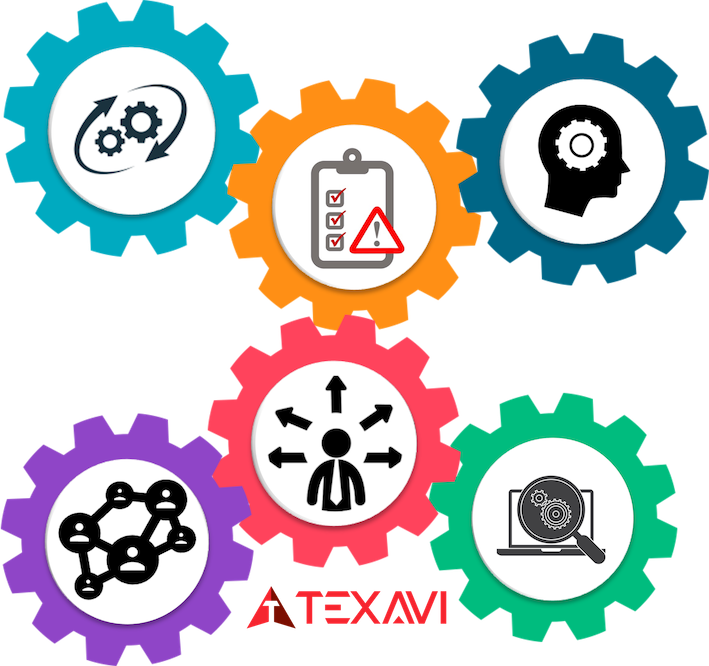
Why Texavi?
-
TEXAVI is a proven leader in delivering non-coding IT learning, worldwide
-
We are not just trainers, but practising IT professionals with 25+ years of work exp
-
Our courses get you job-ready with practical and real-time insights
-
Qualify for certificates upon completion and complete our assessments
-
Pave way for industry-recognised certifications
-
Access to treasure of Texavi’s high-quality, content-rich resources and materials
-
Get discount voucher to our popular courses on Udemy
-
24×7 access to Texavi’s interactive platform with personalised content
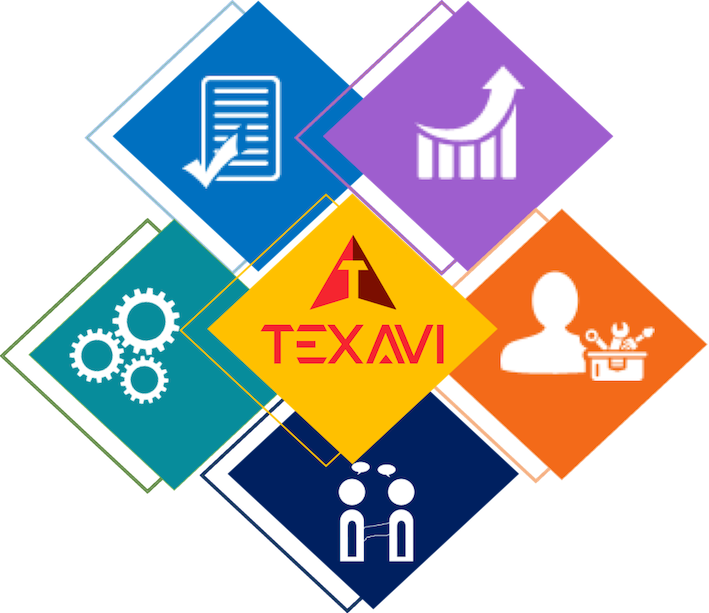
Sample Course Video
TEXAVI Tests
Test Your Knowledge

Take the Texavi Tests and challenge yourself, simply click the below links and start the interactive quiz…
- Quiz on Dimensional Modelling – Introduction, Concepts and Principles
- Quiz on Data Models – Foundation Concepts, Principles and Techniques
- Quiz on techniques, tools and resources for business analysis
- Quiz on Practical Business Analysis – Essential Aspects
- Quiz on Business Analyst’s Resources, Sources and References
- Quiz on Elicitation and Collaborating with Stakeholders – Assessment Quiz 1
- Quiz on Elicitation and Stakeholder Collaboration: Methods and Techniques – Assessment Quiz 2
- Quiz on Elicitation and Stakeholder Collaboration: Communication and Management – Assessment Quiz 3
- Quiz on Business Analysis Planning and Monitoring – Assessment Quiz 1
- Quiz on Planning and Monitoring Business Analysis – Assessment Quiz 2
- Quiz on Why Business Analysis? Rationale and Value-add of BA
- Quiz on Roles and Responsibilities of Business Analyst
- Quiz on Requirements Assessment, Approval and Management
Trainer Profile

Your trainer for this course is Pardha Saradhi Mantravadi. Pardha is a seasoned and well-qualified trainer, coach, mentor, influencer and thought leader. He has rich and varied IT-industry experience of 25 years, working in working in different roles as a Business Analysis professional with blue-chip organisations viz., HSBC, Deutsche Bank, Dyson, Asda, Cambridge University Press, Roche, King’s College London , Royal Society of Chemistry etc. Pardha delivers his training sessions by blending the concepts and principles with practical insights from real-life projects and programs…click here to view the complete trainer profile
Reviews
“The delivery was consistent, thoughtful and measured. Texavi’s masterclass worked well for me.”
– Louise Caldwell, OMT Group
“I enjoyed the bootcamp and found it very inspiring. I found your description of digital transformation very useful and I liked the examples that were given about successful digital businesses.”
– Dr. Carrie Mowatt, Royal Society of Chemistry
“What I like most about Pardha is the way he easily blends empathy for users within day-to-day software development tasks. This mix of vision and execution is rare and powerful.”
– Sarbajit Sen, Steelwedge Software
“Recently Texavi conducted a workshop on Agile methodologies. The trainer’s knowledge on Agile methodology has its roots grounded in experience.”
– Tazeen Sheikh, Mastek
” The trainer is very well-informed. I learnt a lot of background to digital transformation and artificial intelligence and how businesses can use them.”
– Robert Bowles, RSC
“I attended Texavi’s training on Agile Business Analysis and had a lot of takeaways from the session. Pardha’s effective presentation skills supported with context you can relate to, makes the entire experience exhilarating.”
– Abhijeet Majumdar, Zensar Technologies
“The workshop was quite interesting. I found the exercises we did particularly valuable, as it was useful to discuss with the others present, and to then feedback to the wider group.”
– Holly Sheahan, Cambridge Partners
“Excellent speaker, very knowledgeable. Lovely manner and gentle approach.”
– Linda Clifford, Marketing Success
“Texavi has delivered a fantastic product which was above expectations. The ISBE DataHub will support operational and strategic efforts, at the same time reducing the burden of work for staff at KCL.”
– Christine Manoharan, King’s College London
“The workshop was quite interesting, liked the practical and interactive parts. Texavi’s Digital Business Maturity Model is really helpful and necessary for success.”
– Julio C Garcia, Creanto
“The trainer, Pardha is professional yet very friendly, made everyone feel welcome.”
– Chantal Gilbert, BusyBee Consulting
Related Courses
BCS Professional Certificate in Data Analysis
BCS Professional Certificate in Benefits Planning and Realisation
BCS Practitioner Certificate in Modelling Business Processes
BCS Professional Certificate in Stakeholder Engagement
BCS Practitioner Certificate in Requirements Engineering
BCS Foundation Certificate in Business Analysis
BCS Practitioner Certificate in Business Analysis Practice
Career and Profession of Business Analysis
Skills and Competencies of a Business Analyst
Practices and Methods in Business Analysis
Techniques and Tools of a Business Analyst
Product Scoping and Prioritisation
Software Estimation – Practices and Techniques
Vision and Roadmap in Product Development
IIBA Entry Certificate in Business Analysis (ECBA) Certification
IIBA Certified Business Analysis Professional (CBAP) Certification
IIBA Certification of Capability in Business Analysis (CCBA) Certification
Texavi Toolkit
Why new-age, digital and agile business analysis isn’t all about managing requirements
Texavi post on BA moving beyond writing requirements
TEXAVI white paper on building your career as a business analyst
Texavi blogpost on Realm and reach of New-age Business Analyst, Product Owner
Top tips for the new-age, tech-savvy business analyst
Texavi article on why once an analyst, always an analyst
Post on the digital, agile and social business analysis professional
Mind the gap! Texavi’s post on tips for good product management
Leader. Architect. Soldier. Team Player – the many facets of business analyst
Get the right skills and competencies – the core building blocks for a business analyst
